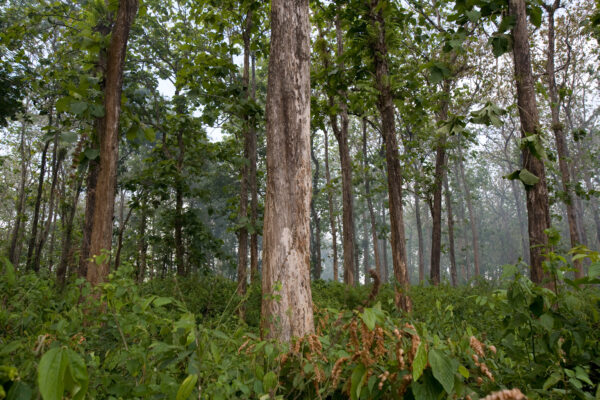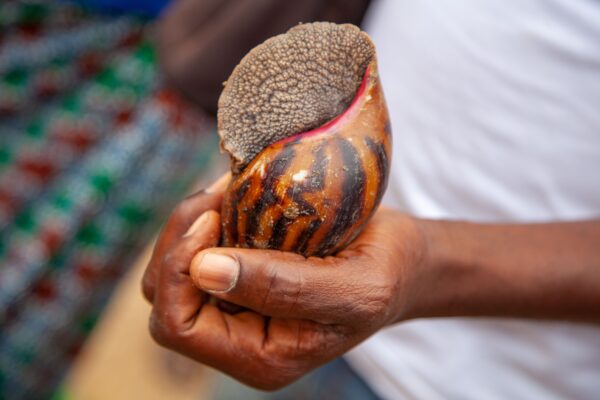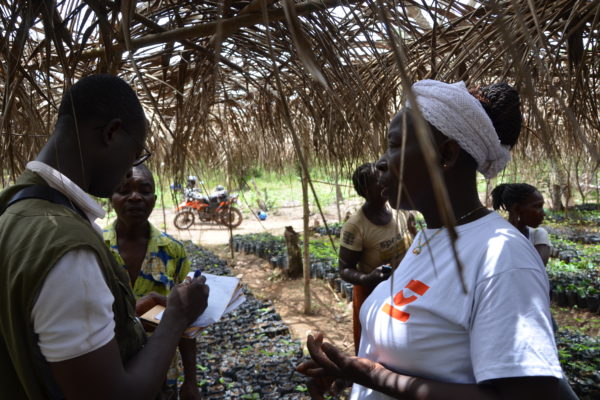Bacaan 3 - 4 menit
Sofia khawatir setiap kali suaminya, Adam, pergi bekerja. Adam kebanyakan bekerja di malam hari untuk mengisi truk yang mengangkut kayu ke Perawang atau Pekanbaru, Indonesia.
Adam bekerja antara pukul dua hingga lima pagi, sebelum akhirnya ia pulang ke rumah.
“Saya tidak terlalu khawatir dengan satwa liar,” kata Sofia. “Saya khawatir dia ditangkap.”
Menghindari penegak hukum adalah alasan Adam dan rekan-rekannya memilih bekerja saat gelap. Aktivitas penebangan hutan di sekitar desa mereka termasuk melanggar hukum. Hutan di area tersebut terbagi menjadi area konservasi Asia Pulp & Paper (APP) dan cagar alam yang dikelola oleh Badan Konservasi Sumber Daya Alam (BKSDA) Riau. Keduanya merupakan bagian dari Cagar Biosfer Gambut Giam Siak Kecil seluas 700.000 hektar, yang didominasi rawa gambut yang berfungsi sebagai resapan air alami, penyerap karbon, dan habitat satwa liar seperti gajah dan harimau Sumatra.
Sebagai pemegang konsesi di area tersebut, APP telah mengalokasikan lahan untuk konservasi berdasarkan penilaian Nilai Konservasi Tinggi atau High Conservation Value (HCV) dan Stok Karbon Tinggi atau High Carbon Stock (HCS) yang dilakukan antara tahun 2014 dan 2015. APP juga telah menggunakan pemantauan satelit dan patroli untuk melindungi area tersebut. Namun, tantangan aktivitas ilegal pun masih ada, termasuk penebangan.
Menurut Adam, penebangan adalah pekerjaan yang sulit dan melelahkan.
“Saya membawa kayu sendiri, kadang-kadang sampai 200 hingga 300 meter jaraknya,” ucapnya.
Namun, pilihan Adam terbatas. Penebangan adalah sumber pendapatan yang paling menguntungkan; dengan penghasilan antara Rp500.000 hingga Rp800.000 setiap empat hari sekali. Pekerjaan harian Adam sebagai penyemprot pupuk di kebun kelapa sawit lokal, misalnya, hanya menghasilkan Rp70.000 sehari. Itu artinya pendapatan hanya kurang dari Rp500.000 dalam seminggu.
Adam juga memiliki kebun kecil, di mana dia menanam kelapa sawit dan pohon buah. Namun sebagian besar pohon kelapa sawitnya dirusak oleh babi hutan dan tidak menghasilkan buah.
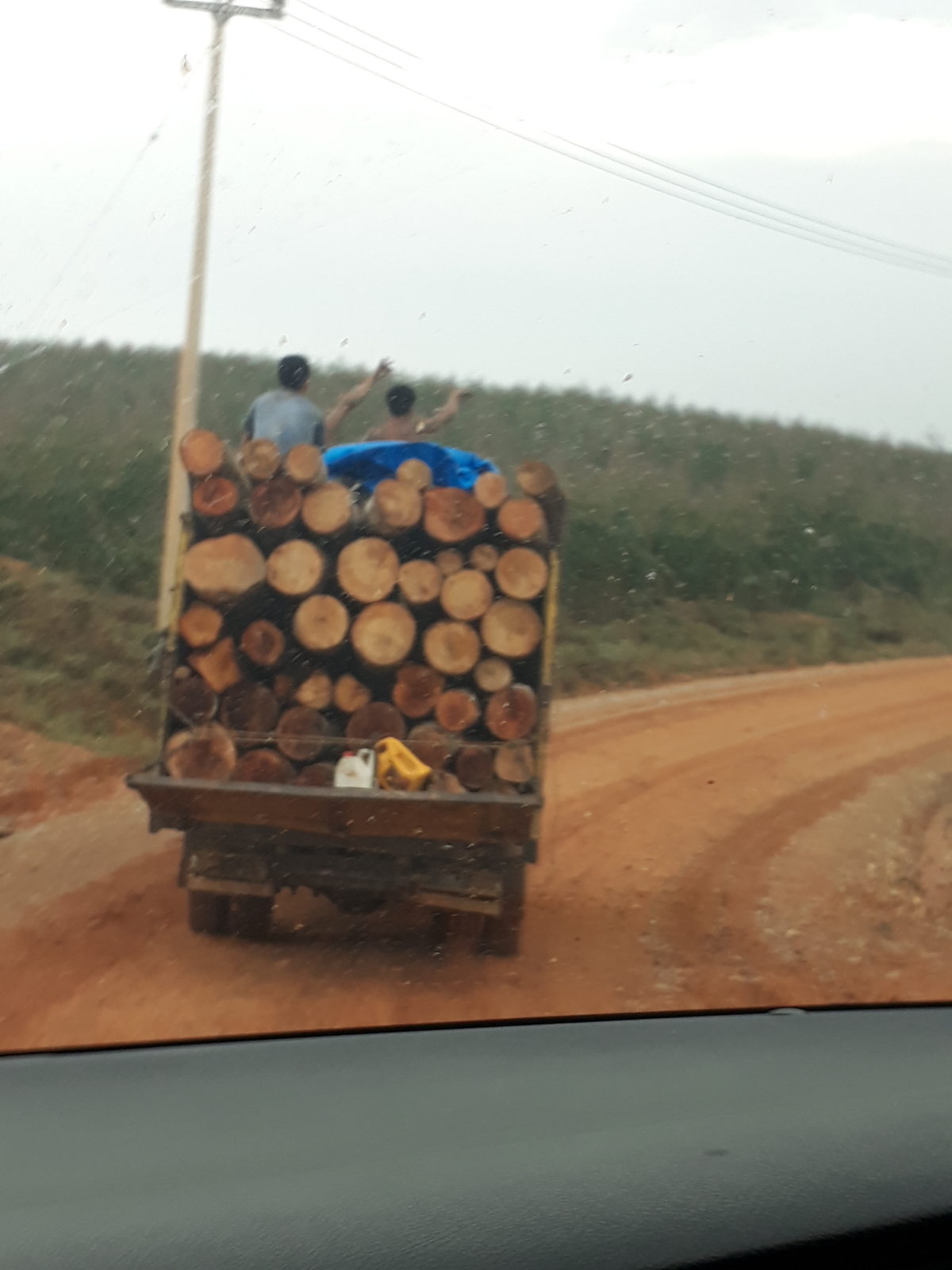
Untuk menjembatani kesenjangan antara konservasi hutan dan Masyarakat seperti Adam, APP dan Earthworm Foundation meluncurkan program pilot Pengelolaan Konservasi Kolaboratif atau Collaborative Conservation Management (CCM) pada pertengahan 2018, yang menargetkan empat desa di bentang alam Giam Siak. Karena deforestasi seringkali terkait dengan kemiskinan, kepemilikan lahan, dan legislasi, upaya tersebut fokus pada empat pilar utama - mata pencaharian masyarakat, perlindungan hutan, penyelesaian konflik, dan keterlibatan pemangku kepentingan.
Adam, seperti orang-orang lain di komunitasnya telah menjadi bagian dari upaya ini selama hampir tiga tahun. Dalam rentang waktu tersebut, dia terlibat dalam pemetaan lahan, pelatihan tentang produk hutan non-kayu, serta konservasi dan restorasi hutan.
Adam juga merupakan anggota kelompok tani yang mengelola 40 hektar lahan yang dialokasikan oleh APP untuk digunakan oleh masyarakat. Dengan bantuan Earthworm, kelompok ini telah membangun kebun pembibitan dan berencana menggunakan lahan tersebut untuk agroforestri. Merawat bibit tanaman kini menjadi kegiatan harian Adam dan rekan-rekannya. Mereka telah menanam bibit kemiri, nanas, pinang, jengkol, dan durian; dan akan menggunakan pohon-pohon tersebut untuk agroforestri dan mengembalikan kawasan hutan.
“Saat merawat pembibitan, saya belajar membuat pestisida dan pupuk organik yang dapat saya gunakan di kebun sendiri,” katanya.
Meskipun Adam telah berhenti bekerja sebagai penebang kayu, sebagian besar rekan-rekannya masih membagi waktu mereka antara kebun baru dan mencari kayu. Sebagian besar masih mengandalkan penebangan untuk menghidupi keluarga mereka. Memberikan alternatif untuk menjaga hutan tetap berdiri merupakan tantangan besar, terutama transisi ke mata pencaharian baru yang lebih berkelanjutan.
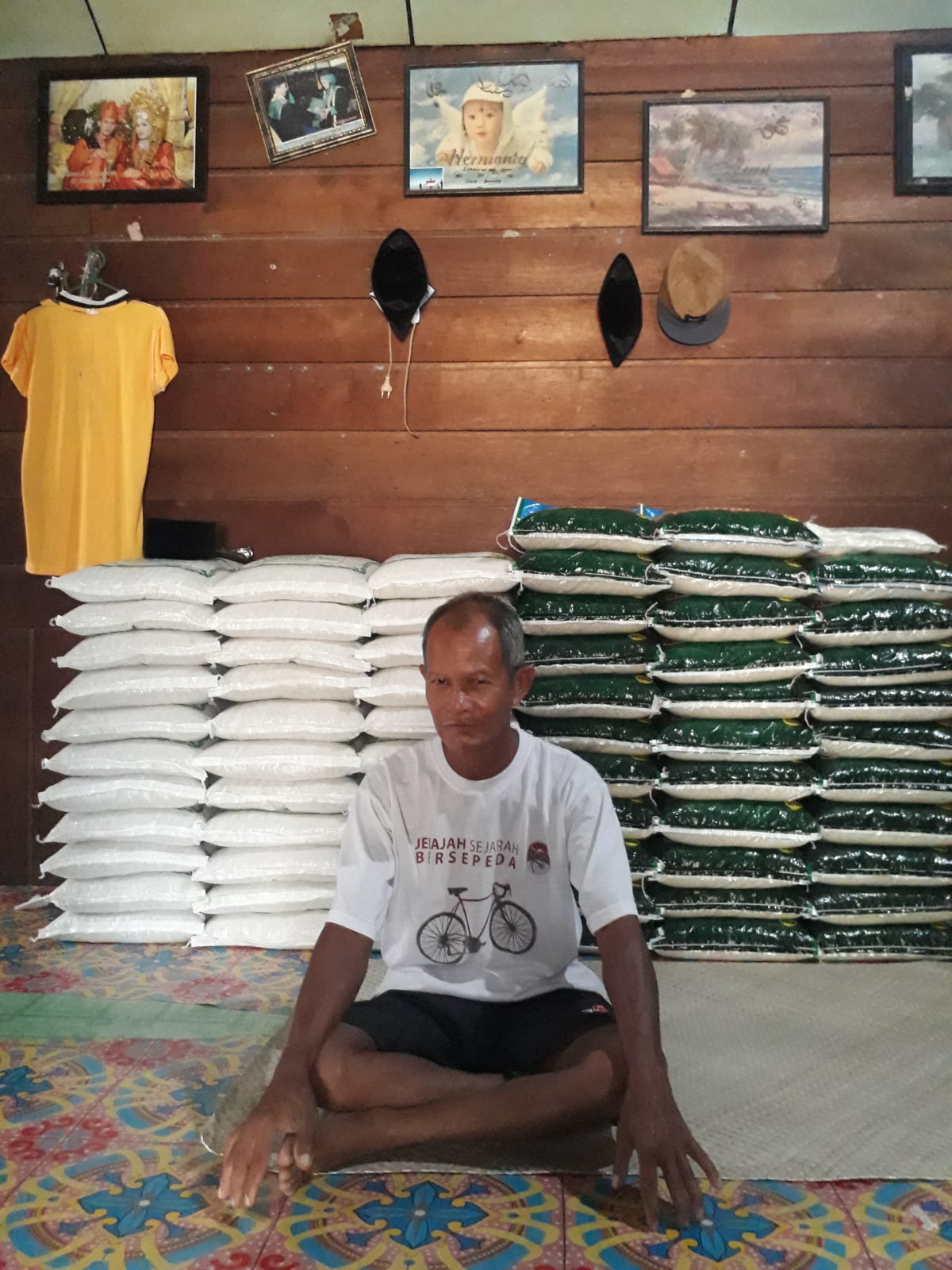
Ayun, tokoh desa yang dilantik sebagai Kepala Adat Melayu pada awal tahun ini memahami tantangan tersebut. Dia menyadari bahwa hutan akan lenyap jika kita terus seperti ini. Tetapi ia sadar masyarakatnya juga perlu makan.
“Hidup di sini tidak mudah,” kata Ayun. “Tidak mengherankan jika penebangan ilegal tetap ada.”
Ayun mengingat hutan lebih lebat saat dia kecil, dan tanah yang menjadi milik mereka. Orang-orang mendapatkan penghidupan dari memancing, mengumpulkan rotan, getah, dan madu dari hutan, berburu rusa, serta menanam karet dan padi. Pada awal tahun 90-an, tanah secara perlahan mulai dialihkan untuk perkebunan dan kawasan perlindungan.
Pada tahun 2021, Ayun bergabung dalam pelatihan pemetaan partisipatif dengan Earthworm.
“Ini adalah kesempatan untuk menata kembali persepsi dan aspirasi orang-orang tentang penggunaan lahan, baik untuk konservasi maupun budidaya,” ujarnya.
Melalui proses pemetaan, Ayun mendapat gambaran yang lebih baik tentang daerah mana yang memiliki disepakati oleh masyarakat, perusahaan, dan pemerintah dengan tepat; dan daerah mana yang tidak.
“Saya menyambut baik proses partisipatif ini,” katanya. “Saya berharap hal ini akan menghasilkan rencana tindak lanjut yang melindungi masyarakat dan hutan pada saat yang bersamaan.”
Selain bekerja dengan anggota masyarakat seperti Adam dan Ayun, APP dan Earthworm terus melibatkan lembaga kehutanan lokal, perusahaan swasta, dan pihak yang terkait dengan lanskap untuk mendapatkan dukungan mengimplementasikan program.
****
Dengan pertimbangan sensitivitas topik ini, nama Adam dan Sofia telah diubah demi melindungi identitas mereka.
